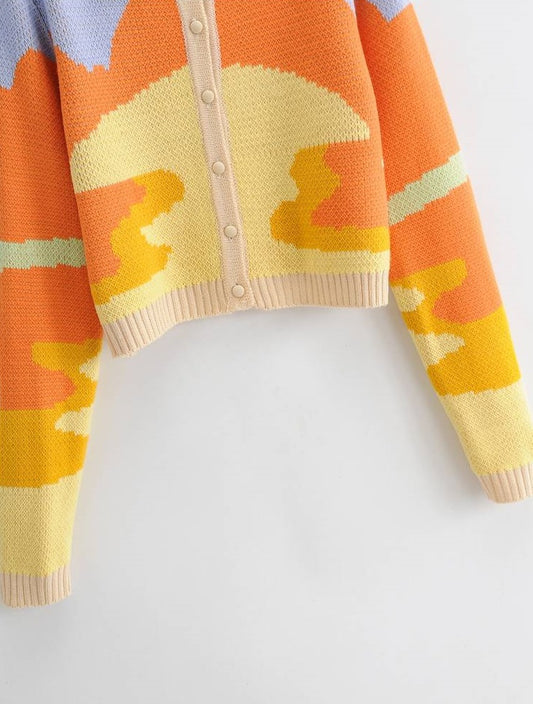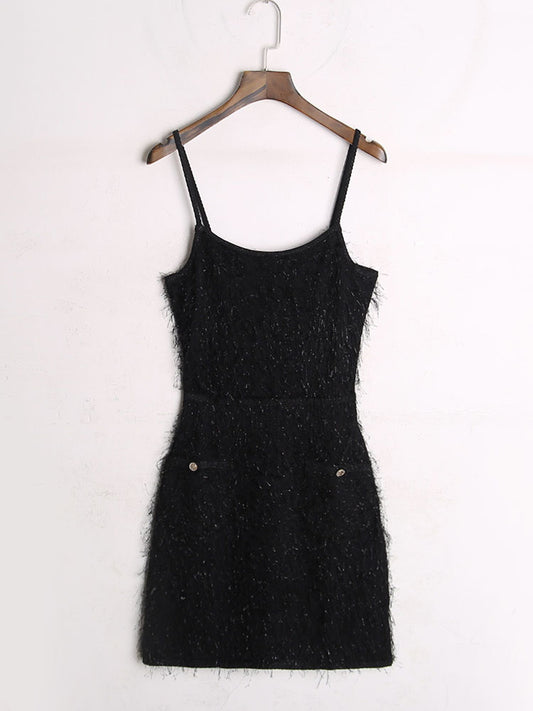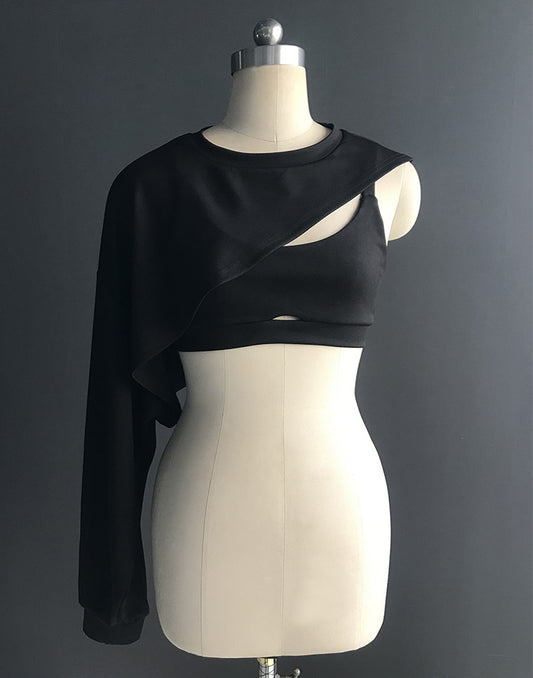An acne pimple patch, also known as a hydrocolloid patch or acne spot treatment, is a small adhesive patch designed to be placed directly on top of an active pimple or acne spot. Acne pimple patches work by creating a moist environment over the pimple. The hydrocolloid material helps to absorb excess oil, impurities, and pus from the pimple, while providing a protective barrier against external irritants. The patch helps to speed up the healing process by reducing inflammation, preventing further infection, and promoting the regeneration of healthy skin.
Kinds of acne pimple patches
There are many types of acne pimple patches to choose. When picking the right patches you should always know what features you want to have to treat your acne by just using patches. There are several types of acne pimple patches on the market, each with its own distinct characteristics and compositions. Here are some examples of common acne pimple patches hat can be found:
Hydrocolloid patches: These are the most common and widely used type of acne pimple patches. They are typically made of a hydrocolloid material that helps absorb excess oil, pus, and impurities from the pimple. Hydrocolloid patches create a moist environment over the pimple, promoting faster healing and reducing inflammation.
Combination patches: There are also pimple patches that combine multiple ingredients to address different aspects of acne. For example, a patch might contain both hydrocolloid and tea tree oil, offering both absorption and soothing properties.
Tea tree oil patches: Pimple patches infused with tea tree oil offer antibacterial and anti-inflammatory properties. Tea tree oil is known for its ability to soothe and calm acne-prone skin, making these patches suitable for targeting inflamed pimples.
Clear or invisible patches: Some patches are designed to be transparent or nearly invisible when placed to the skin. These patches are perfect for wearing during the day because they are undetectable and blend in with the skin.
How does pimple patches work?
Pimple patches are getting recognition as one of the best way to prevent of spreading bacterias. Acne pimple patches or hydrocolloid patches, work through a combination of physical and chemical mechanisms. Here's how they typically work:
Absorption of exudate: Pimple patches are made of a hydrocolloid material, which has absorbent properties. When applied to a pimple or acne spot, the patch acts as a sponge, drawing out excess oil, pus, and other fluids that may be present in the blemish. This helps to reduce inflammation and the size of the pimple.
Protection from external factors: Pimple patches create a barrier between the pimple and the outside environment. This serves several purposes. Firstly, it prevents the pimple from being exposed to dirt, bacteria, and other contaminants that could worsen the infection or lead to further breakouts. Secondly, it helps to prevent the urge to touch or pick at the pimple, which can introduce more bacteria and potentially cause scarring.
Moist wound healing: Pimple patches promote a moist wound healing environment. The hydrocolloid material creates a sealed, occlusive environment over the pimple, which keeps it hydrated and protected. This moist environment can speed up the healing process by facilitating cell regeneration and reducing scarring.
Encouraging the flattening of the pimple: By absorbing fluids and reducing inflammation, pimple patches can help to flatten the pimple more quickly. This can make the pimple less noticeable and aid in the healing process.
When to use pimple patches?
It's important to remember that while pimple patches can be effective for many individuals, they may not work equally well for everyone or in all cases of acne. They are typically most effective for surface-level or "ripe" pimples that have come to a head. For severe or persistent acne concerns, it's advisable to consult with a dermatologist for a comprehensive treatment plan.
What kind of pimple patch to use for sensitive skin?
For individuals with sensitive skin, it's important to choose pimple patches that are specifically formulated for sensitive skin or are known for their gentle properties. Here are some considerations when selecting pimple patches for sensitive skin:
Hypoallergenic: Look for pimple patches that are labeled as hypoallergenic. These patches are designed to minimize the risk of allergic reactions and irritation, making them suitable for sensitive skin.
Dermatologist-tested: Look for pimple patches that have been dermatologist-tested and have received positive reviews from individuals with sensitive skin. This can provide an additional level of confidence in their suitability for sensitive skin.
Non-irritating materials: Opt for pimple patches made of soft and non-irritating materials. Some patches may have additional additives or ingredients that could potentially cause sensitivity, so it's best to choose patches with minimal ingredients or those specifically formulated for sensitive skin.
It's always a good idea to do a patch test before applying any new product to your face, including pimple patches, especially if you have sensitive skin. Apply a small patch to a less visible area of your skin and observe for any adverse reactions or irritation. If you experience any discomfort or irritation, discontinue use and consult with a dermatologist for further guidance.
What kind of pimple patch to use for oily skin?
Having an oily skin is also one to considerate when choosing a pimple patch. For individuals with oily skin, it's beneficial to choose pimple patches that specifically address excess oil production and are suitable for oily skin types. Here are some considerations when selecting pimple patches for oily skin:
Oil-absorbing properties: Look for pimple patches that have oil-absorbing properties to help control excess sebum. Patches that contain ingredients like hydrocolloid or salicylic acid are known for their oil-absorbing and mattifying effects.
Strong adhesion: Pimple patches with strong adhesion are preferable for oily skin as they can adhere well to the skin even in the presence of excess sebum. This ensures that the patch stays in place and effectively absorbs oil and impurities.
Salicylic acid patches: Pimple patches infused with salicylic acid can be beneficial for oily skin as salicylic acid is known for its ability to penetrate the pores and exfoliate. These patches can help to unclog pores, reduce inflammation, and control excess oil production.
Note: It's important to note that individual experiences may vary, and it's always advisable to patch test new products before applying them to your entire face. If you have specific concerns or questions about your oily skin, consulting with a dermatologist can provide personalized advice and recommendations.
How to now if a pimple patch is perfect for you
It is always hard to choose the best kind of pimple patch that will help you to trat your acne. To determine if a pimple patch is suitable for you, here are a few factors to consider:
Ingredients: Check the ingredients list of the pimple patch to ensure there are no known irritants or allergens that could trigger a negative reaction. Look for patches that are free from fragrances, artificial dyes, and other potential irritants. If you have specific sensitivities or allergies, consult with a dermatologist or conduct a patch test to ensure the ingredients are suitable for your skin.
Skin type: Consider your skin type, whether it's oily, dry, combination, or sensitive. Look for pimple patches that are specifically formulated for your skin type or are known to work well with your skin's needs. For example, if you have oily skin, patches that are oil-absorbing or contain ingredients like salicylic acid may be beneficial.
Sensitivity: If you have sensitive skin, opt for pimple patches that are labeled as hypoallergenic or formulated for sensitive skin. These patches typically have minimal ingredients and are less likely to cause irritation or adverse reactions.
Personal preference: Ultimately, personal preference plays a role. Consider factors such as the patch's appearance (transparency or color), ease of application and removal, and any additional features that may be important to you.
Size and coverage: Consider the size and coverage of the pimple patch. Some patches come in various sizes, allowing you to choose the most appropriate size for your specific pimple. Ensure the patch fully covers the pimple and adheres well to the skin.
It's important to note that everyone's skin is unique, and what works for one person may not work the same for another. Patch testing new pimple patches on a small area of your skin before full application can help determine if the patch is suitable for you. If you have specific concerns or questions, consulting with a dermatologist can provide personalized advice based on your individual needs.












